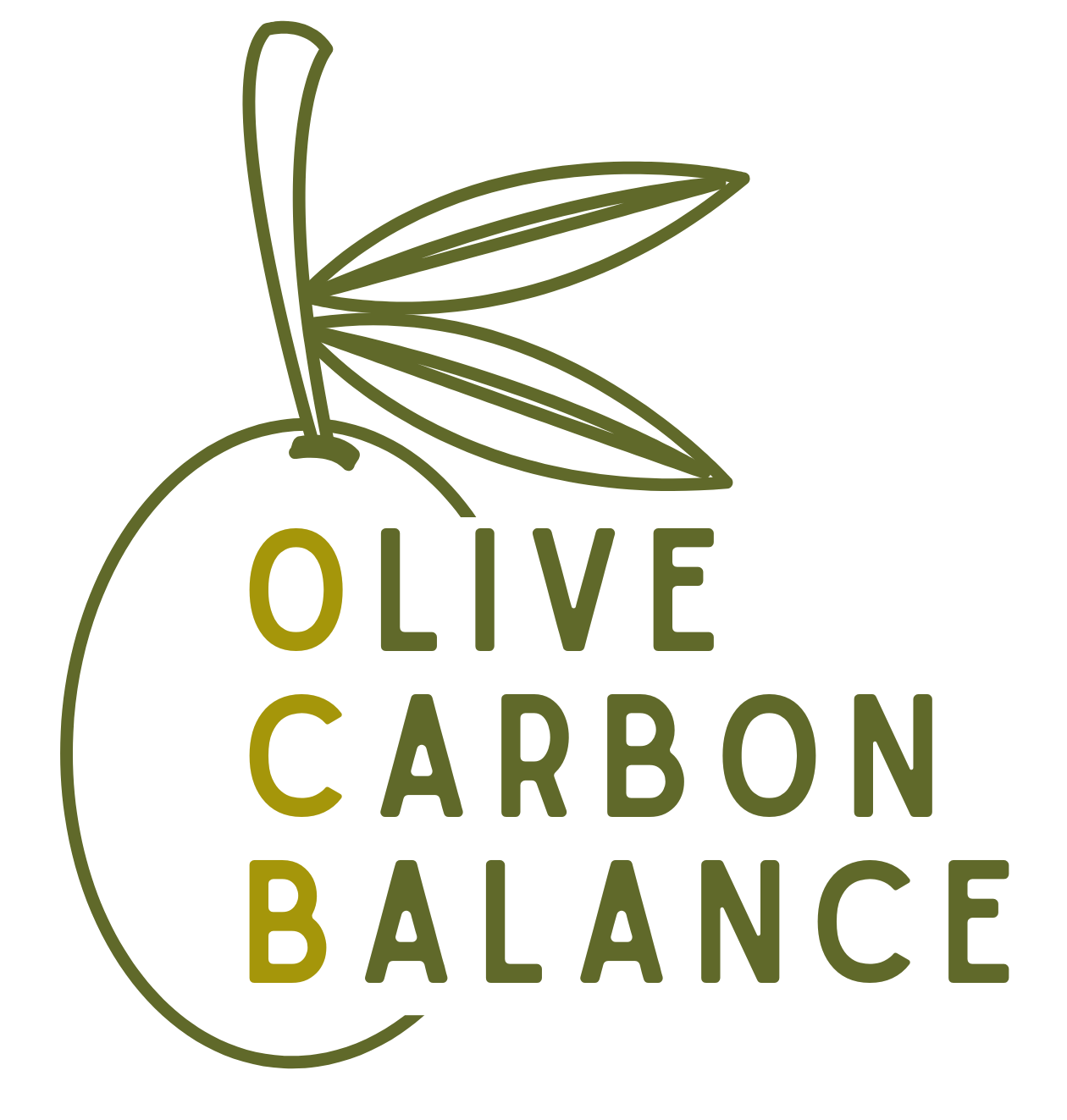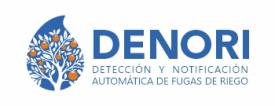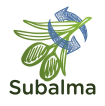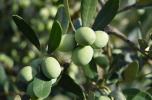
Olive Carbon Balance Operational Group: Determining the carbon balance of olive oil production
- Type Operational group
- Status In progress
- Execution 2024 -2026
- Assigned Budget 599.992,00 €
- Scope Supraautonómico
- Autonomous community Andalucía; Madrid, Comunidad de
- Main source of financing CAP 2023-2027
- Project website web de ecovalia del GO
Provide the olive oil sector with a valid algorithm for calculating the carbon balance for each campaign in a given plot. Application for validating carbon rights against the market using blockchain technology. Implement a carbon balance optimization tool at the plot level, so that it serves as a white paper for management for the farmer, and thus contributes to mitigating Climate Change by maximizing the rights generated in each case.
Development of a strategy/model to determine carbon accumulation in trees. Development of a strategy/model to determine carbon accumulation in soil and vegetation cover. Development of a strategy/model to determine emissions from cultivation work. Development of a tool to calculate the equivalent carbon balance at the plot level based on the three previous points. Develop a qualitative traceability system on blockchain to certify it in a structured way. Develop a tool (DSS) to optimize the carbon balance in a given plot based on the input data and develop a personalized guide/manual for optimal management to maximize said balance. H2-BMB. (Better Management for Balance) Dissemination and transfer of results throughout the national territory. Aimed at producers, cooperatives, agricultural organizations, etc.
In olive oil, Spain is a world leader in surface area, production, and foreign trade. The project focuses on the development of an algorithm capable of calculating the carbon balance of an olive grove plot in a given season with a high degree of certainty and the implementation of a carbon balance optimization tool for a given plot.
- Bibliographic compilation.
- Selection of farms.
- Data collection and processing.
- Articulate the information.
- Collection and processing of input data.
- Design of an algorithm for the annual rate of organic carbon accumulation.
- Design of a conceptual scheme for soil organic carbon accumulation based on recent models.
- Determination of gases emitted during cultivation work.
- Development of algorithms.
- Tokenize fungible data based on the previously generated algorithm.
- Development of the Decision Support System (DSS). Launch and maintenance of the project website.
- Monitoring the annual rate of C accumulation in living labs.
- Generating information to calibrate the algorithm in Activity 2.
- Develop the infrastructure to ensure the possibility of credit transfer, ensuring traceability and avoiding the problem of double accounting.
- Algorithm calibration. Analysis of the reliability of the calculation algorithm.
- Evaluation of the algorithm for determining Corg in soil and biomass accumulation.
- The robustness of the acquired data will be statistically evaluated.
- Estimation of leaf mass volume.
- Automation of the study of vegetation cover.
- Dissemination. Creation of the graphic image of the innovative project.
- Educational and informative resources.
- Informational events.
- Press office.
The olive oil and table olive sectors are a fundamental pillar of the Spanish agri-food system. In olive oil, Spain leads the world in terms of surface area, production, and foreign trade: i) More than 2,750,000 hectares of cultivated olive groves (ESYRCE Survey on Crop Surfaces and Yields, MAPA); ii) The weighted average production of virgin olive oil was 1,293,110 tons in the last five years (SIMO Olive Market Information System, MAPA); iii)
Olive oil and table olive exports valued at €3.941 billion and €818 million respectively (Foreign Trade Bulletin 2021-2022 Campaign, MAPA). These figures reflect the significant social, economic, environmental, and territorial impact: more than 350,000 farmers are dedicated to olive cultivation, the sector maintains around 15,000 permanent jobs in the industry, and generates more than 32 million daily wages per campaign. During the 2022-2023 campaign, olive oil production fell by 56% (Olive Oil Market Information System SIMO, MAPA) due to consecutive episodes of high temperatures during flowering and a lack of rainfall. In many cases, the price of olive oil at source does not cover production costs (AEMO 2020 Crop Cost Study).
Given the possibility of a repeat of significant production declines and low olive oil prices, it is necessary to supplement the income associated with olive cultivation and contribute to achieving the commitment to climate neutrality by 2050, for example, through the monetization of carbon credits.
This project aims to determine the CO₂ balance at the olive grove plot level through monitoring, remote and local sensor readings, field measurements, etc.
The expected outcome of the project is twofold: on the one hand, the development of an algorithm capable of calculating the carbon balance of an olive grove plot over a given season with a high degree of certainty. On the other hand, the implementation of a carbon balance optimization tool using blockchain technology.
- Coordinator/entity name: Ecovalia Association
- Postal address: Avda. Diego Martínez Barrios No. 10 (INSUR Building) 1st floor, door 12
- Coordinator/entity email: proyectos@ecovalia.org
- Telephone: 955018961
- Asociación Ecovalia
- Asociación Ecovalia
- Asociación Española de Municipios del Olivo (AEMO)
- Sociedad Cooperativa Olivarera de Valdepeñas (COLIVAL)
- LUQUE ECOLÓGICO S.L.
- INGEOLIVA S.L. (Cortijo el Puerto)
- Agencia Estatal del Consejo Superior de Investigaciones Científicas (CSIC)







